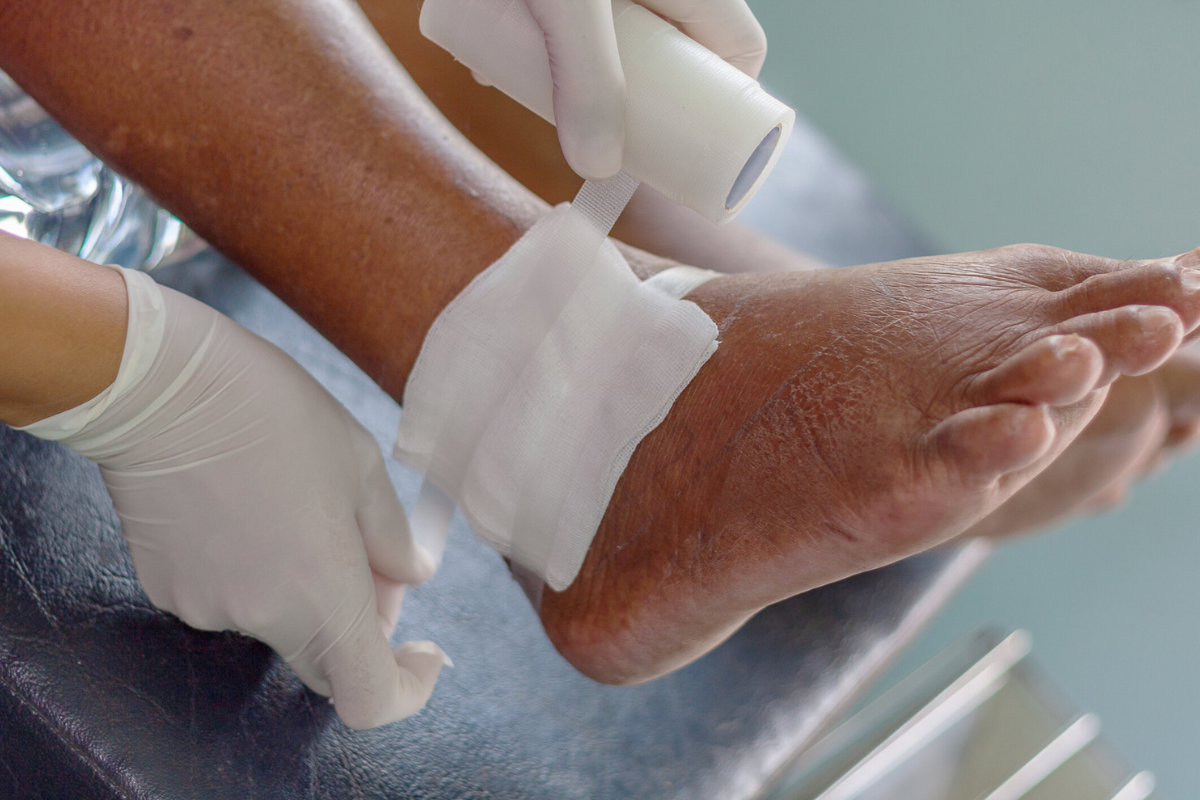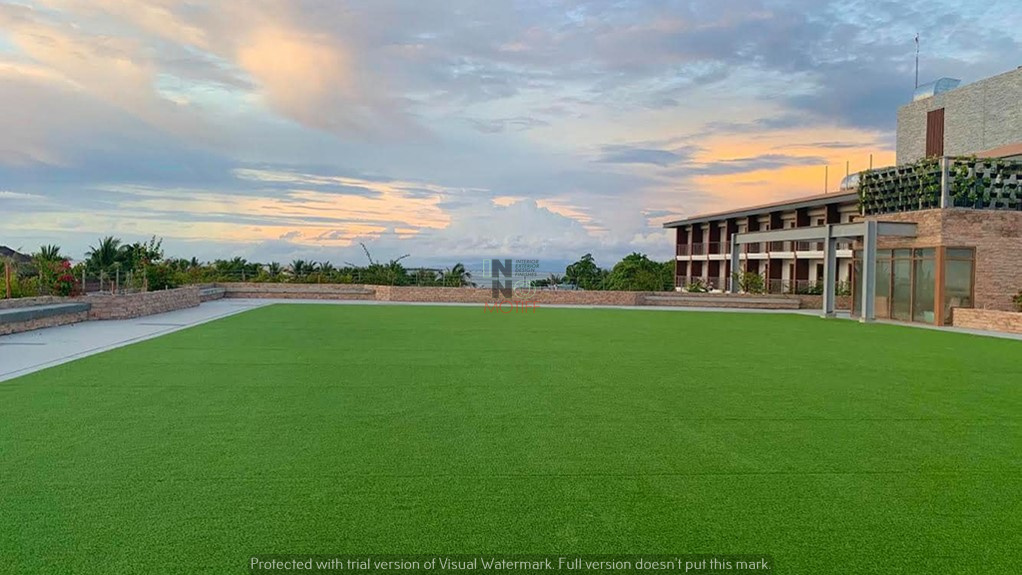Non-healing wounds present a serious challenge for patients and healthcare providers alike. These wounds fail to progress through the normal healing stages and can result from underlying medical conditions, infections, or impaired circulation. Common examples include diabetic ulcers, pressure sores, and post-surgical wounds that resist standard care. When left untreated, non-healing wounds can lead to severe infections, prolonged pain, and even complications such as bone infection or amputation. Orthopedic treatment plays a vital role in addressing the musculoskeletal and structural issues that can interfere with wound healing. By targeting the underlying orthopedic factors, healthcare providers can improve circulation, reduce pressure, and optimize conditions for tissue repair. Understanding the mechanisms behind non-healing wounds is crucial to selecting the most effective treatment plan.
Understanding Non-Healing Wounds
Non-healing wounds are characterized by delayed tissue repair, persistent inflammation, and susceptibility to infection. Common causes include diabetes, which impairs nerve function and circulation, and peripheral vascular disease, which limits blood supply to tissues. Trauma or repeated pressure on certain areas, such as the heels or sacrum, can also prevent wounds from healing naturally. Infections play a critical role, as bacteria can disrupt cellular regeneration and weaken tissue structure. Chronic inflammation further complicates healing by damaging healthy cells around the wound site. Orthopedic complications, such as bone deformities or misalignment, often exacerbate these problems by altering pressure distribution and reducing mobility. Addressing these underlying causes is essential for achieving effective wound recovery.
The Connection Between Orthopedic Health and Wound Healing
Orthopedic health significantly influences the ability of wounds to heal. Bone alignment, joint stability, and overall musculoskeletal integrity directly impact blood flow and tissue regeneration. Limited mobility, often seen in patients with fractures, arthritis, or neurological conditions, can lead to prolonged pressure on vulnerable areas, causing pressure ulcers. Additionally, structural abnormalities like foot deformities can increase the risk of diabetic ulcers or persistent wounds on the lower extremities. Orthopedic assessment allows clinicians to identify these contributing factors and create customized treatment strategies. By addressing skeletal and joint issues, orthopedic interventions help reduce stress on affected tissues and improve circulation. Optimizing orthopedic health creates an environment conducive to wound healing, enhancing patient outcomes.
Diagnostic Procedures in Orthopedic Wound Management
Effective orthopedic treatment begins with a comprehensive diagnostic evaluation. A physical examination identifies the wound’s size, depth, and surrounding tissue condition, while a detailed medical history reveals underlying factors such as diabetes or vascular disease. Imaging techniques, including X-rays, MRI, and CT scans, provide insight into bone integrity and possible hidden infections. Laboratory tests are often performed to detect infection markers or nutritional deficiencies that may impede healing. Evaluating bone and tissue health ensures that the treatment plan addresses both the wound and any contributing orthopedic conditions. Regular monitoring during treatment allows clinicians to adjust interventions based on healing progress. A thorough diagnosis forms the foundation for successful wound management and long-term recovery.
Orthopedic Treatment Options for Non-Healing Wounds
Orthopedic treatment for non-healing wounds involves a combination of surgical and non-surgical approaches. Debridement, the removal of dead or infected tissue, is essential to promote healthy tissue growth and prevent infection. Orthopedic devices, such as braces, splints, or custom footwear, help relieve pressure and redistribute weight to prevent further tissue damage. In cases of bone misalignment or fractures, surgical stabilization may be necessary to correct structural problems that hinder healing. Advanced wound care techniques, including specialized dressings and topical therapies, are integrated into orthopedic treatment plans to optimize outcomes. Coordination between orthopedic specialists, wound care nurses, and physical therapists ensures a comprehensive approach to recovery. Personalized treatment strategies improve the likelihood of wound closure and reduce the risk of recurrence.
Innovative Therapies and Technologies
Modern orthopedic treatment incorporates several innovative therapies designed to accelerate wound healing. Negative pressure wound therapy (NPWT) uses controlled suction to remove excess fluid, reduce bacterial load, and stimulate tissue growth. Growth factors and stem cell therapies promote cellular regeneration and enhance healing in chronic wounds. Hyperbaric oxygen therapy increases oxygen delivery to tissues, supporting repair and reducing infection risk. Customized orthopedic supports, including 3D-printed devices, help distribute pressure evenly and prevent further tissue breakdown. Bioengineered tissues and scaffolds offer additional options for patients with severe or persistent wounds. Integrating these advanced techniques with traditional orthopedic care provides a multi-faceted approach to challenging wounds. Patients benefit from both faster recovery and improved long-term outcomes.
Rehabilitation and Physical Therapy
Rehabilitation and physical therapy play a critical role in the recovery of patients with non-healing wounds. Targeted exercises improve blood circulation and promote tissue oxygenation, both essential for healing. Physical therapy helps restore mobility, reducing the likelihood of pressure-related injuries. Training patients to use orthopedic devices properly enhances safety and effectiveness, preventing additional wounds. Therapists also educate patients on proper posture, weight distribution, and techniques for safe movement. Rehabilitation programs are personalized based on the patient’s orthopedic condition, wound location, and overall health status. Combining physical therapy with medical and surgical interventions supports a holistic approach to wound care and long-term musculoskeletal health.
Preventive Measures to Reduce Recurrence
Preventing recurrence is a central goal of orthopedic treatment for non-healing wounds. High-risk patients benefit from regular orthopedic evaluations to identify emerging structural issues before they worsen. Lifestyle modifications, including maintaining a healthy weight, managing chronic conditions, and practicing proper nutrition, support tissue repair. Protective devices and adaptive equipment reduce pressure on vulnerable areas and prevent injuries. Education on daily wound care, including proper hygiene and monitoring for early signs of infection, empowers patients to take an active role in prevention. Coordinating care between orthopedic specialists, primary care providers, and wound care professionals ensures continuous support. A proactive approach minimizes the risk of future wounds and promotes overall well-being.
Monitoring Progress and Follow-Up Care
Ongoing monitoring is essential to ensure wounds respond effectively to orthopedic interventions. Signs of healing include reduced inflammation, tissue regeneration, and decreased exudate. Complications, such as persistent infection or delayed closure, require immediate reassessment of the treatment plan. Regular follow-up appointments allow clinicians to adjust therapies, track progress, and address any orthopedic concerns. Collaboration between specialists ensures comprehensive care and timely intervention when issues arise. Patients are educated to recognize warning signs and maintain consistent follow-up schedules. Continuous monitoring enhances outcomes, accelerates healing, and prevents complications associated with non-healing wounds.
Frequently Asked Questions (FAQ)
How long does it typically take for an orthopedic-treated wound to heal?
Healing time varies depending on wound severity, underlying conditions, and adherence to treatment. Some wounds may show improvement in a few weeks, while others may require several months of specialized care.
Can orthopedic devices fully prevent non-healing wounds?
While orthopedic devices reduce pressure and support healing, they are most effective when combined with proper medical care, nutrition, and patient compliance.
What role does nutrition play in wound recovery?
Nutrition is critical for tissue repair, immune function, and overall healing. Adequate protein, vitamins, and minerals support cell regeneration and reduce infection risk.
Are there risks associated with advanced orthopedic wound treatments?
Most therapies are safe when administered by trained professionals. However, complications like infection, allergic reactions, or device-related issues can occur and require monitoring.
When should a patient seek immediate orthopedic attention for a wound?
Patients should seek prompt care if the wound shows signs of infection, increases in size or pain, or fails to show improvement within a few weeks of treatment.






